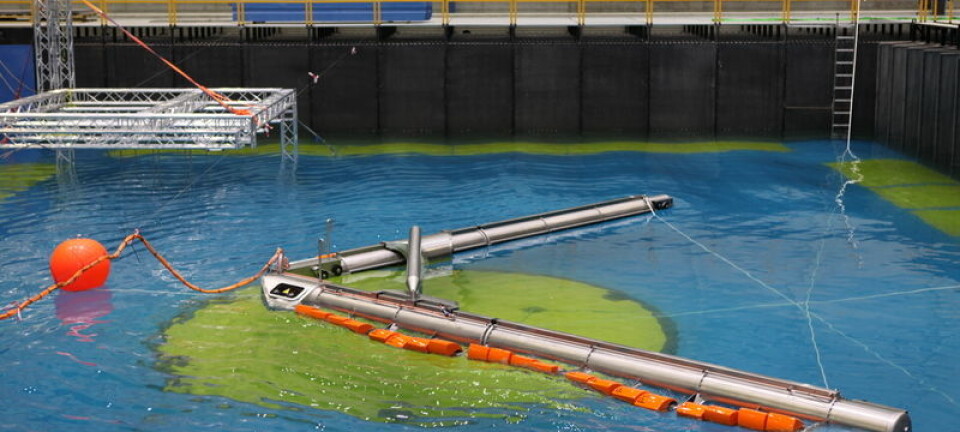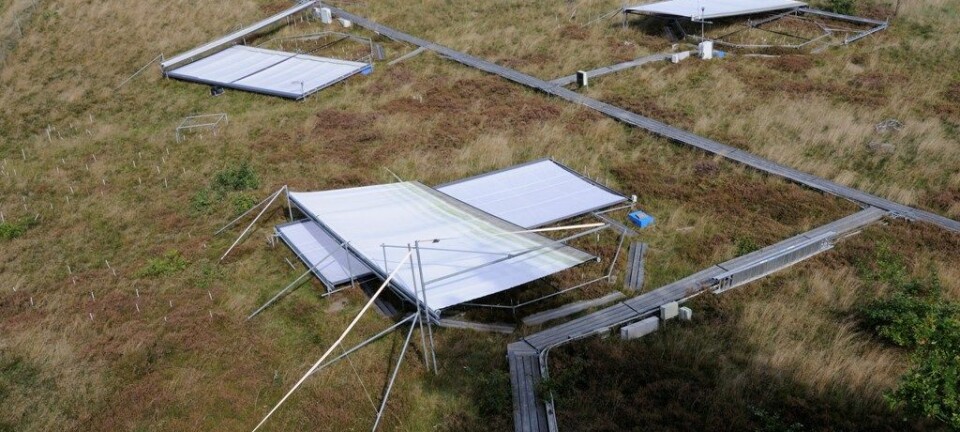This article was produced and financed by BI Norwegian Business School

Uncertain journey towards new energy
Everyone wants more environmentally-friendly energy. But this won’t happen all by itself, according to new study.
Denne artikkelen er over ti år gammel og kan inneholde utdatert informasjon.
In order to succeed in reducing climate emissions we need to use less fossil energy and start using new forms of energy with lower emissions, or zero emissions. The change won’t happen by itself. We need to set up new technology and new energy solutions. This is time-consuming and expensive.
“There’s no recipe for how a society can make a change like this. It’s also very uncertain what the future mix of technology and energy will look like. Companies pioneering this work, must organise themselves in relation to a moving target,” says researcher Anne Louise Koefoed.
The pioneer companies choose to go for it despite uncertainty regarding future use, demand and markets.
From idea to reality

In her doctorate study at BI Norwegian Business School, Koefoed has followed the work of international company Norsk Hydro on developing hydrogen as an energy carrier from the mid-1990s until the merger of Hydro and Statoil in 2008.
Hydro’s work on hydrogen has been a journey towards a highly uncertain future. The study shows that the market isn’t a black box which comes up with new technology and energy solutions just like that.
“Innovation processes take time. The pioneer companies need to cooperate with other companies and organisations to build, anchor and stabilise resources in new development paths,” Kofoed says.
Through the study, Koefoed wants to contribute to increased understanding for the considerations and actions that help create a strategy and business plan for the development of new systems for clean energy.
She is interested in finding answers to how companies go about making ideas relevant and mobilising resources for new business activities. The companies are key players in making the change to clean energy.
Must build relevance
According to Koefoed, it’s striking how much energy and action is needed to build relevance for a new business area, both internally and externally.
Hydrogen as a new direction within energy and a new business area was made relevant through constant interaction between the project participants and the environment surrounding the activities. Relevance was also built through participating in specific projects.
Specific action provided insight into what other organisations are doing and how they think about the future.
“This helped promote an understanding of the potential of using hydrogen as an energy carrier,” says Koefoed. Hydro could therefore establish timelines for the possible development of energy alternatives.
The new business area was continuously tested and linked to challenges such as sustainable development, security of supply, environmental issues, climate change and regional development.
In the work of building relevance, it is important to build bridges between company resources and intentions and needs in the community. Through action, Hydro also demonstrated its intentions to invest in new solutions for clean energy.
Support along the way
There are a number of barriers which can cause an innovation process to derail and stop.
In her study, the innovation researcher identifies four mechanisms for ensuring support for the work of developing a new business area:
-
Connecting the new with established resources and priorities.
-
New ideas must be communicated if they are to become visible. This is important both for internal acceptance and also for external attention and interest for the company’s visions and resources.
-
The top management must be mobilised to mark out a new direction for the company’s activities. This legitimises the new priority, and makes it official.
- It is important to challenge predominant ideas on the organisation’s purpose. Organisations are liable to head into the future looking in their rearview mirror and continue doing what they have always done.




































